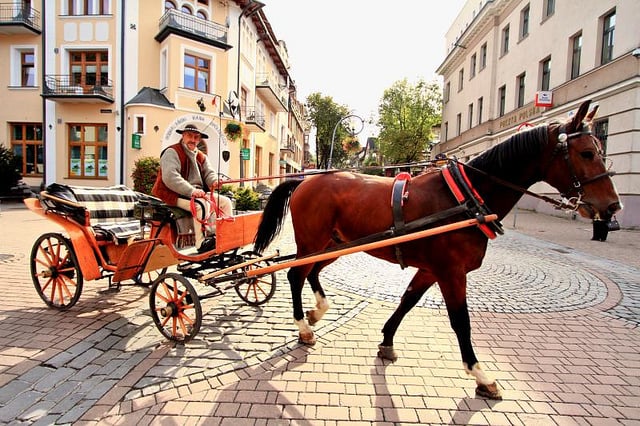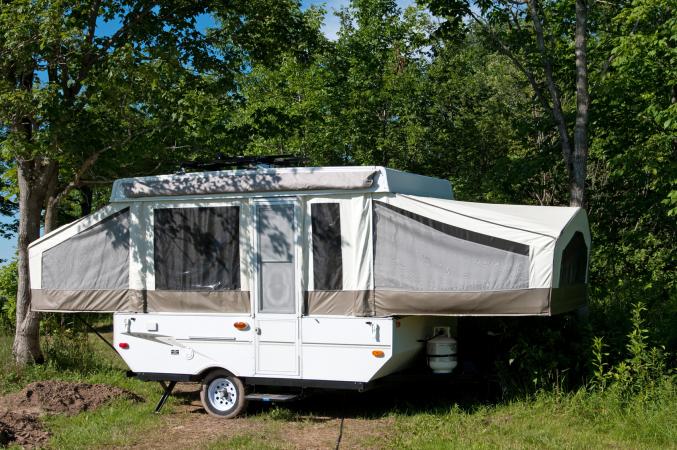Being eco-friendly or environmentally friendly is becoming more and more important. You can see the term used in everything from job ads to dating profiles to even listings houses and vacation homes. So, what is being eco-friendly?
The simplest way to define what being eco friendly means is to say that it is the act of living with intent. The intent is focused on not creating harm to environment, and to prevent as much harm from occurring to the environment through your interactions with it. It goes beyond an idea and extends to actual practices that influence how communities, businesses and individuals conduct themselves. Being eco-friendly goes far beyond just turning off lights when you leave the room or separating your garbage for recycling – it is about changing the purpose of how you live.
Eco-friendly products promote green living that help to conserve energy
and also prevent air, water and noise pollution. They prove to be boon for the environment and also prevent human health from deterioration.
and also prevent air, water and noise pollution. They prove to be boon for the environment and also prevent human health from deterioration.
How to Become Eco-friendly?
You can start to become eco-friendly by becoming aware of the how your choices effect the environment. There are three basic stages to becoming eco-friendly, they are –
- Learning to consume items that cause minimal environmental harm.
- Discovering the extent of your carbon footprint and acting to lessen that footprint on the environment.
- Striving to support others that work to live and produce eco-friendly and sustainable communities.
As you can see, the first step is about you immediately acting to change the way you consume things in life. This means changing your habits about driving, what types of packaging you use, how you dispose of waste and how you use natural resources.
The second step looks at the extent of your carbon imprint that you may not be able to change – such as living in a house, having to drive a car or the type of employment you have and acting with the responsibility to lessen that imprint to the best of your ability.
The last one involves actively seeking connections with other eco-friendly persons, communities and businesses and choosing to network and support them to create a more sustainable life. That may not be as easy as it seems, which is why it is the third step. To live in and support a sustainable community and economy you may not have many of the conveniences that you are used to – by far this is the hardest thing to adjust to.
Here are 10 Steps to Become Eco-friendly:-
1. 3 R’s of Waste Hierarchy: The 3 R’s of waste hierarchy can reduce the amount of waste generated and improve the waste management processes. Reducing what is produced and what is consumed can reduce the amount of waste that is generated. Reuse items for different purposes instead of disposing them off. Recycle items like aluminum cans, plastic, paper, glass that can be shaped into a new item.
2. Conserve Water and Electricity: It takes energy to produce fresh water and electricity. Few simple ways like turning off lights when not in use, fixing leakages, proper insulation, using maximum daylight, installing energy efficient windows, purchasing energy efficient gadgets can reduce your daily energy consumption. Learn here more about 151 ways to conserve energy.
3. Plant More Trees: We all know why we need more trees on this planet. They give us oxygen, fruits, timber, prevent soil erosion, control floods, provide shelter to wildlife. Massive scale deforestation in last couple of decades has reduced forest area by significant percentage. The need of hour is to work with environmental groups to educate more people and plant more trees so as to make this planet clean and eco-friendly.
4. Protect Local Water Sources: Hazardous waste materials like paint, oil, ammonia and other strong chemical solutions should never be disposed on the ground as they’ll seep into the groundwater. Join local water conservation groups and fight against water polluters who dump their industrial waste in rivers.
5. Drive Less, Walk More: A simple and yet more effective way to live eco-friendly life is to either take public transportation for your daily commuting needs or try pooling in with your office colleagues to save fuel and reduce your carbon footprint. If your office is couple of miles away from home, you can either start half an hour early and walk on foot or ride a bicycle. If you’re and avid traveler, you can follow these green travel tips.
6. Buy Energy Efficient Products: Energy efficient products with 5 start energy rating consume less energy and prove to be eco-friendly. For instance, CFL bulbs consume 40% less energy and last 10 times longer than traditional bulbs.
7. Buy locally Grown Products: When you buy or produce locally grown products, you are actually reducing your carbon footprint in the form of using less plastic bags, saving fuel to get vegetables from the market, using less packaged material….. . Apart from this, you can also sell surplus to your friends or relatives.
8. Prevent Littering: Litter can originate from construction and demolition sites, households, industries, uncovered trucks, pedestrians, and moving vehicles. Littering can have big impact on environment, wildlife and local tourism industry. Being a responsible citizen, it’s our responsibility to make our cities clean and impart same education to our kids.
9. Buy Recycled Products: Always look out for recycling symbol when you visit grocery shop to buy items for your home. That will make you environmentally responsible and eco-friendly. Also, try to carry grocery bag with you to avoid buying items in plastic bags that will later end up in landfills.
10. Join Environmental Groups to Combat Pollution: Protecting mother Earth is everyone’s responsibility including you. The best you can do is to join different environmental groups in your city and provide helping hand to make this planet environmentally friendly.
THE ECO-FRIENDLY LIFE
Living the eco-friendly life has some advantages and disadvantages. As mentioned earlier, one of the disadvantages is that may have to forgo some of the more modern conveniences. Not many, but the conveniences like fast foods and certain types of luxury activities do little more than create a burden on the environment. One of the best examples is the idea of the personal car. While you may realistically need a personal vehicle, you do not need one that gets poor gas mileage or is made with luxury accessories or advanced electronics that are impractical, and also consume vital natural resources.
That Land Rover may have a special gauge to tell you if you are right side up or upside down in the event of a sandstorm, but chances of encountering a sandstorm in New Jersey, much less actually doing an activity that would need a vehicle like the Rover is so minimal that it is a luxury that is unnecessary.
THE ECO-FRIENDLY BUSINESS
Creating an eco-friendly business means you are mindful of the waste products your business creates, and the way it uses resources to do business. There are very many options for how you can do packaging and advertising that have a much lower impact on the environment. As a business, you stand to make a stronger impact in how fuel conservation is approached by working with suppliers that utilize hybrid technologies and making sure that a part of what you consider when buying or selling is the cost and impact of the shipping of the product.
THE ECO-FRIENDLY COMMUNITY
Growing an eco-friendly community is getting easier. There are more and more community gardens, swap meets and farmer’s markets that make it easier for an entire community to actively participate in eco-friendly activities. If your community doesn’t have any of these, you should consider getting them started.



















